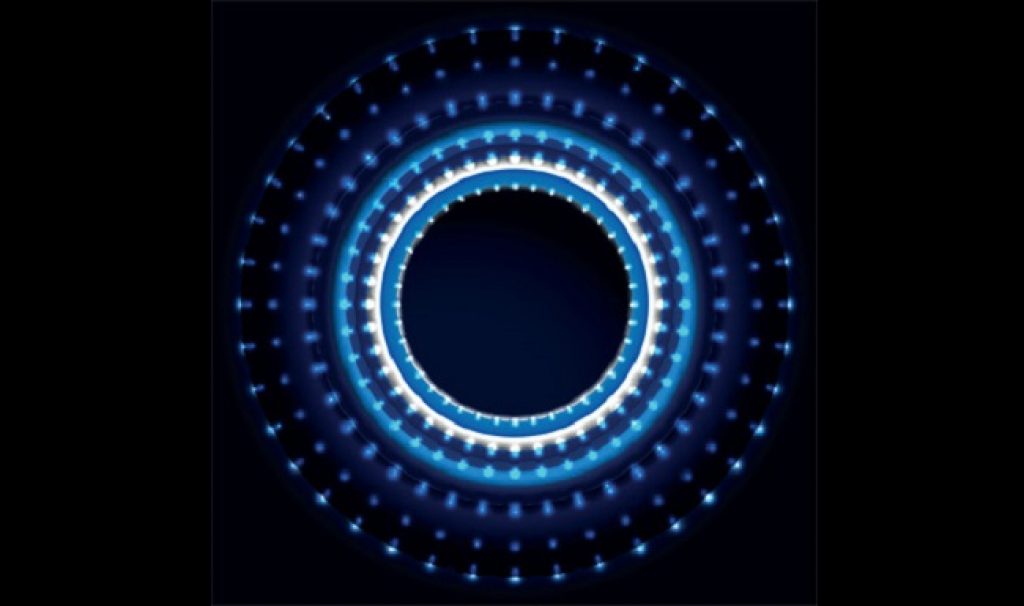
AsianScientist (Nov. 4, 2016) – Researchers in Hong Kong and China have developed a possible alternative to light-emitting diodes (LEDs): metal-free phosphorescent molecules that efficiently and persistently glow with different colors at room temperature, and are potentially three times more efficient than fluorescent organic LEDs. Their work was published in Chem.
LEDs have inspired a new generation of electronics, but there is still work ahead if we want luminescent materials to consume less energy and have longer lifespans. Phosphorescence from organic compounds has typically been observed at extremely low temperatures and in the absence of oxygen, which limits their scope for practical applications. Room-temperature phosphorescence (RTP), on the other hand, has been more of a challenge, given that oxygen and physical vibrations interfere with the ability of organic phosphorescent molecules to emit light.
“Organic RTP systems are desirable, thanks to their wider availability and better tailorability, but are challenging to develop,” said senior author Dr. Tang Ben Zhong, a chemist at the Hong Kong University of Science & Technology and the South China University of Technology.
Tang and colleagues overcame the challenge by modeling how organic RTP systems behave. On the basis of this information, they designed and synthesized five carbonyl-containing aromatic molecules that stay excited and emit light for up to 230 milliseconds. These molecules have high efficiencies and long lifetimes, and can be tuned to glow from blue to orange-red.
According to Tang, the researchers plan on finding applications for the RTP molecules and polymers in bioimaging, optical recording, anti-counterfeiting, and afterglow organic LEDs.
The article can be found at: Zhao et al. (2016) Rational Molecular Design for Achieving Persistent and Efficient Pure Organic Room-Temperature Phosphorescence.
———
Source: Cell Press; Photo: Shutterstock.
Disclaimer: This article does not necessarily reflect the views of AsianScientist or its staff.












